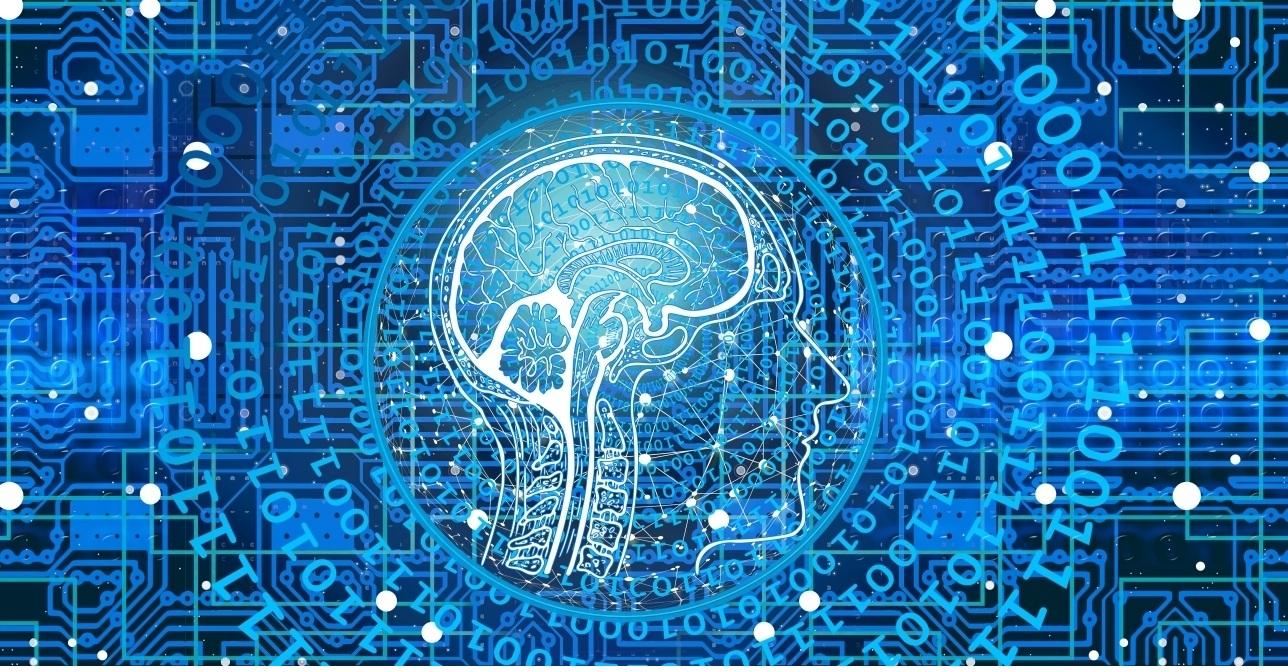The most buzzed-about disruptive technologies that are changing business landscapes today are Machine Learning (ML) and Artificial Intelligence (AI). Almost all of us have heard or read about them but do we actually know what the fuss is all about? …writes NISHANT ARORA

The enterprises are trying to harness the explosion of digital data and computational power with advanced algorithms to enable collaborative and natural interactions between people and machines.
However, there’s still a lot of confusion within the public and the media regarding what is ML and AI.
People prefer to write AL and ML technologies — and not ML and AI — and the argument goes that the former syncs well with the human mind.
Both the terms are often being used as synonyms and in some cases as discrete, parallel advancements.
In reality, ML is to AI what neurons are to human brain. Let us start with ML.
According to Roberto Iriondo, Editor of Machine Learning Department at Carnegie Mellon University in Pennsylvania, ML is a branch of AI.
As coined by computer scientist and machine learning pioneer Tom M. Mitchell, “ML is the study of computer algorithms that allow computer programmes to automatically improve through experience”.
For instance, if you provide an ML model with songs that you enjoy, along with audio statistics (dance-ability, instrumentality, tempo or genre), it will be able to automate and generate a system to suggest you music that you’ll enjoy in the future, similarly as to what Netflix, Spotify and other companies do.
“In a simple example, if you load an ML programme with a considerable large data-set of X-ray pictures along their description (symptoms etc), it will have the capacity to assist (or perhaps automatise) the data analysis of X-ray pictures later on,” said Iriondo.
The ML model will look at each one of the pictures in the data-set, and find common patterns in pictures that have been labelled with comparable indications.
AI, on the other hand, is exceptionally wide in scope and is a system in itself and not just independent data models.
In simpler terms, AI means creating computers that behave in the way humans do.
However, according to Theo van Kraay, Cloud Solution Architect (Advanced Analytics & AI), Customer Success Unit at Microsoft, any attempt to try to define AI is somewhat futile, since we would first have to properly define “intelligence”, a word which conjures a wide variety of connotations.
“Firstly, it is interesting and important to note that the technical difference between what used to be referred to as AI over 20 years ago and traditional computer systems, is close to zero,” says van Kraay.
What AI systems today are doing reflects an important characteristic of human beings which separates us from traditional computer systems – human beings are prediction machines.
Many AI systems today, like human beings, are mostly sophisticated prediction machines.
“The more sophisticated the machine, the more it is able to make accurate predictions based on a complex array of data used to train various (ML) models, and the most sophisticated AI systems of all are able to continually learn from faulty assertions in order to improve the accuracy of their predictions, thus exhibiting something approximating human intelligence,” van Kraay said.
Most ML algorithms are trained on static data sets to produce predictive models, so ML algorithms only facilitate part of the dynamic in the definition of AI.
Fifty years ago, a chess-playing programme was considered a form of AI.
Today, a chess game would be considered dull and antiquated, due to the fact that it can be found on almost every computer.
“AI today is symbolised with human-AI interaction gadgets like Google Home, Apple Siri and Amazon Alexa or ML-powered video prediction systems that power Netflix, Amazon and YouTube,” says Iriondo.
In contrast to ML, AI is a moving target and its definition changes as its related technological advancements turn out to be further developed.
“Possibly, within a few decades, today’s innovative AI advancements will be considered as dull as flip-phones are to us right now,” quips Iriondo.








